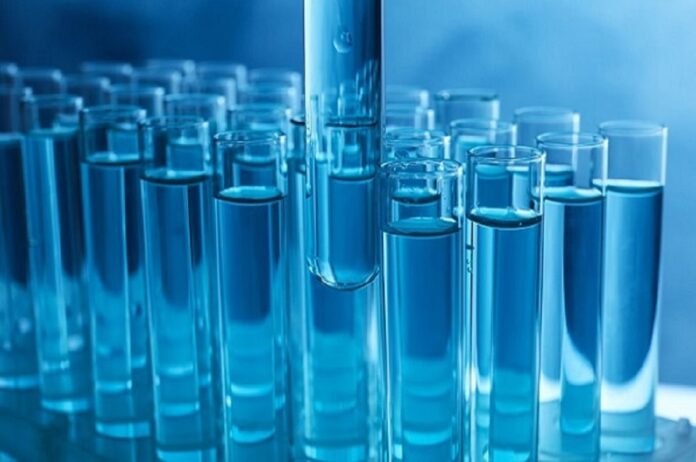A new report by the European Environment Agency (EEA) has found that only one-third of Europe’s surface water qualifies as in good or better status.
The report, Europe’s state of water 2024: the need for improved water resilience, finds that in 2021 approximately 37% of Europe’s surface waters qualified as having at least a good ecological status, with just 29% achieving a good chemical status. This is despite the EU introducing water management rules to improve the quality of Europe’s water bodies over nearly 25 years. Falling short of the target set to be achieved for the quality of European water bodies by 2015, the deadline has now been extended to 2027.
The report found agriculture had the biggest impact on Europe’s surface water and groundwater through extraction and the pollution of water sources. The report also found coal-fired power plants to be significant polluters of water sources.
The authors of the report found the continent’s groundwater was in better condition than its surface water, with 91% rated as having at least a good quantitative status and 77% achieving a good chemical status. However, on both metrics, groundwater quality had only improved by 1% since 2015.
Solutions suggested by the EEA to improve the quality of Europe’s water bodies include demand reduction measures, the release of fewer harmful substances, and river and wetland restoration. The authors of the report highlighted the increased urgency to act in response to the extreme weather events that have impacted Europe, including the devastating floods across central Europe in September.








